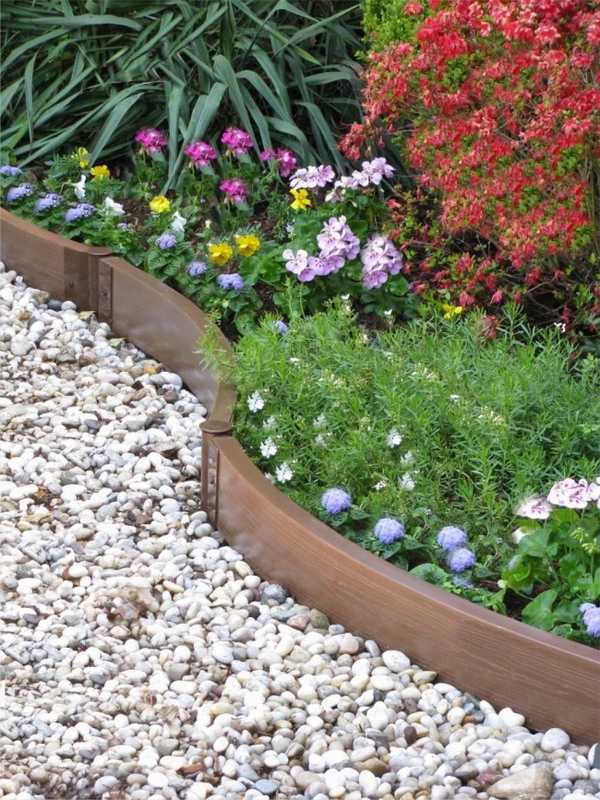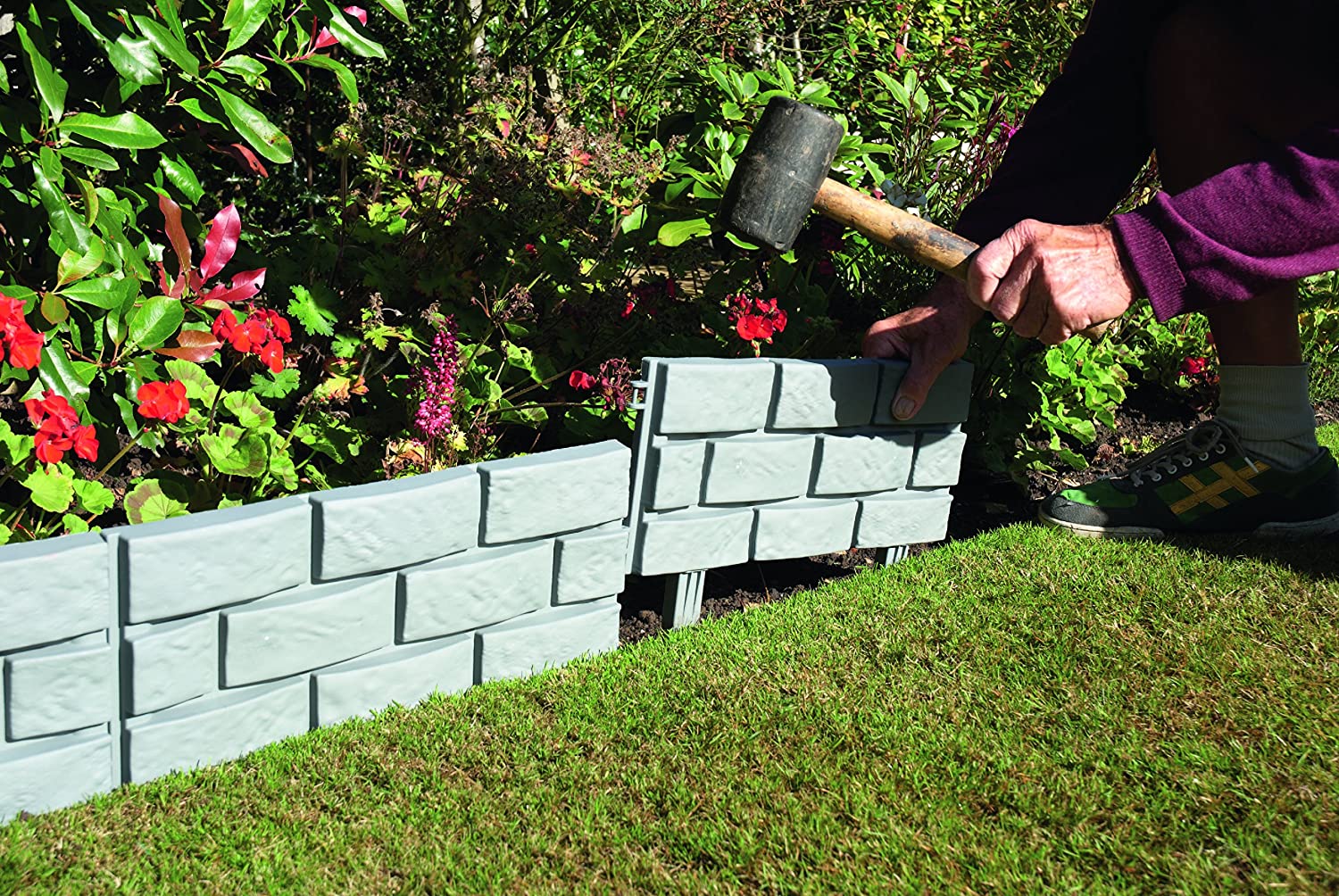
Metal and plastic options, on the other hand, are more durable, and can withstand harsher conditions. Hardwood options have an upscale, high-end look, although they are susceptible to rotting and general wear and tear over the years. Most options are made of aluminum or powder-coated steel, hardwood, or a high-density plastic-and are either a basic strip designed to blend in with the surrounding elements, or crafted to look like wood or stone. Adjust the soil height as needed and tamp again.When choosing landscaping edging, make sure to consider both the material it’s made out of, as well as its overall appearance. The level of the soil should come up to, but not above, the top of the edging.
Tamp down the back fill immediately adjacent to the edging using your foot sideways (compact the soil). The top of the edging DOES NOT stick above the lawn it will be almost buried and just visible after you back fill your trench! Use soil (back fill your trench) to hold the edging in place as you work in sections along the length of your flower bed.  Go against the curl of the edging, slide it into the trench, hence placing it on the grass side of the trench so that the top of the edging is just level with the base of the growing grass. Unroll the circle so that the outside of the curl faces your flower bed.
Go against the curl of the edging, slide it into the trench, hence placing it on the grass side of the trench so that the top of the edging is just level with the base of the growing grass. Unroll the circle so that the outside of the curl faces your flower bed. 
The edging will have a natural curl from being wound into a circle for packaging.
Unroll your plastic lawn edging and cut to the desired length. For example, if you are using 4-inch deep lawn edging, thus the trench will be 5 inches deep on the grass side. The trench should be as deep as your plastic lawn edging PLUS 2.5 cm. The wheels give the tool the mobility to make nice curves, and you can clearly seeĪs you cut, making it easy to evaluate and revise the line of your bed. Simply walk behind the tool as it rolls easily along, cuttingĪ continuous 11/2-inch-deep line into the soil. Method 2: Using an Edge Hog, a tool with a circular blade on wheels. Method 1: The traditional way to do this is to use either a spade or a half-moon edger to move along the line you’ve set out. Such meticulous attention to detail doesn’t require a lot of work. 
In gardening, landscape edging provides a razor-sharp edge serves as a guide a well planned garden bed.

For landscaping it is import to know that well-defined clean, smooth lines provides a finished look and a sense of clarity to an area.








 0 kommentar(er)
0 kommentar(er)
